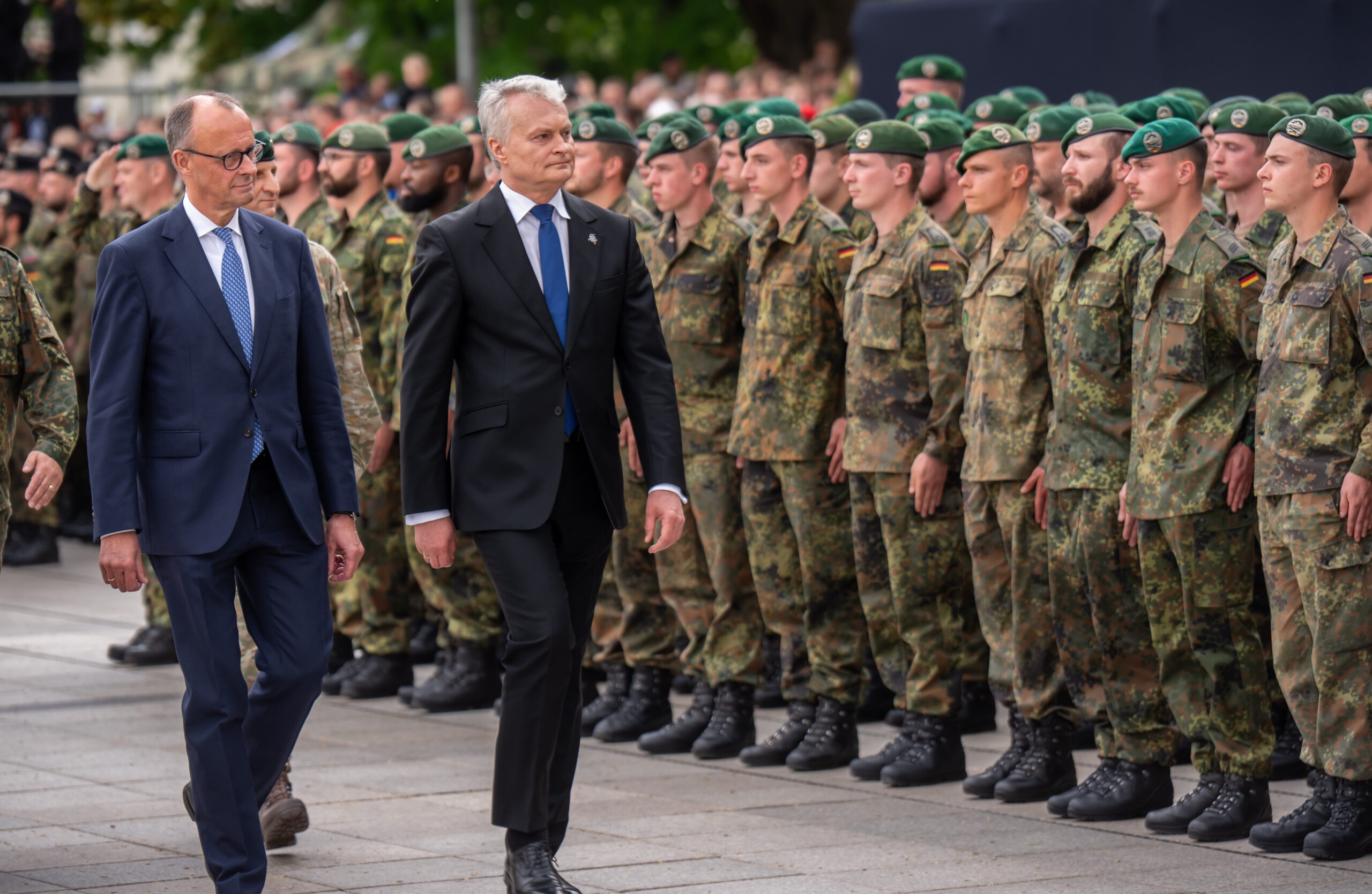NATO Leaders Discuss Enhanced Security Measures in Eastern Europe
NATO leaders convened in early September 2025 to debate new security guarantees for Ukraine and bolster defenses along the alliance’s eastern flank, amid ongoing uncertainty over U.S. commitments and internal European divisions.

NATO leaders gathered virtually on September 4, 2025, in a high-stakes summit co-hosted by French President Emmanuel Macron and British Prime Minister Keir Starmer, with the central aim of clarifying and strengthening security guarantees for Ukraine in the face of persistent Russian aggression. The summit, which brought together a "coalition of the willing" from across Europe, was seen as a pivotal moment for the alliance’s eastern security posture and for the future of Western support to Kyiv.
NATO Secretary General Mark Rutte expressed optimism that the summit would yield "clarity on what collectively we can deliver" for Ukraine, emphasizing the need for close coordination with the United States. Rutte’s remarks highlighted a core tension: while European leaders are eager to finalize robust guarantees—including the potential deployment of an international force to reassure Kyiv—such measures are widely considered unviable without substantial U.S. backing. Despite a recent pledge of support from President Trump, Washington has yet to specify the extent of its commitment, leaving European capitals in a state of strategic ambiguity.
Transatlantic Uncertainty and European Divisions
European leaders have struggled to present a unified front to Washington, with internal debates over the scale and nature of security guarantees. Some capitals have refused to endorse troop deployments or peacekeeping operations without clear U.S. involvement, while others, notably France and the U.K., have pushed for a more assertive European role. The Paris meeting sought to finalize Europe’s position before engaging directly with U.S. officials, but cracks remain visible. German Defense Minister Boris Pistorius, for example, dismissed talk of imminent troop deployments as "premature," underscoring the lack of consensus even within the EU’s core states.
Diplomatic sources indicate that the coalition is split into three camps: those willing to deploy forces to Ukraine, those opposed, and a group of undecided nations. The so-called NB8 group—Denmark, Norway, Estonia, Finland, Latvia, Lithuania, Sweden, and Iceland—has been involved in detailed discussions with Ukrainian President Volodymyr Zelensky, but no binding commitments have emerged. European Commission President Ursula von der Leyen has touted "pretty precise plans" for a force deployment, but her authority to make such pledges has been questioned by other EU leaders, reflecting bureaucratic rivalries and the complexity of the alliance’s decision-making.
Security Guarantees and the Eastern Flank
The proposed security package envisions a three-tiered approach: a demilitarized zone along the eastern and southeastern line of contact, patrolled by troops from a third country; a NATO-trained and supplied Ukrainian military defending central and western Ukraine; and several European brigades, indirectly supported by U.S. intelligence and command capabilities, stationed deeper inside Ukrainian territory. However, the credibility of these guarantees is undermined by the lack of a firm U.S. military commitment. According to officials and analysts, the White House—like its predecessor—remains unwilling to risk direct confrontation with Russia over Ukraine, rendering the European push for forward deployment largely symbolic.
NATO’s eastern members, particularly those bordering Russia, have voiced concerns that resources allocated to Ukraine could weaken the alliance’s own defenses. Rutte sought to reassure these states, stating, "We have to prevent spreading our resources too thinly," and reaffirmed NATO’s commitment to maintaining a robust posture along its eastern flank. Yet, the U.S. has recently pressured allies to increase their defense spending, with a June summit agreement to raise targets to 5% of GDP, further straining alliance cohesion.
Propaganda and Strategic Narratives
Throughout the discussions, Russian officials have dismissed the legitimacy of Ukrainian President Zelensky and rejected the prospect of a ceasefire, using classic propaganda tactics to delegitimize Western initiatives and sow discord among NATO members. Analysts note that Moscow’s narrative seeks to exploit divisions within the alliance and portray Western security guarantees as empty gestures, a claim that is not without resonance given the current lack of concrete commitments from Washington.
Despite these challenges, European leaders appear determined to maintain support for Ukraine and deter future Russian aggression, even if the path forward remains fraught with uncertainty and internal disagreement. As one European security expert put it, "There’s no easy way out. None of the options, especially for the Europeans, are good."